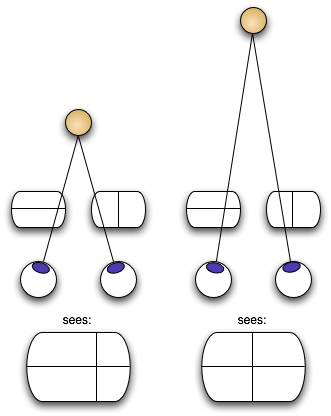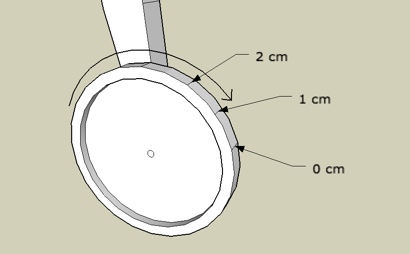The 24 game
A friend of mine (Kerry) recently revealed to me her secret past as a Master Champion! Of the game 24 (this was waay back in the early school days).
Here is how the game goes: you receive 4 numbers from 1-9, and you have to combine them using just +,-,*,/ (adding subtracting multiplying and dividing) to arrive at the number 24 exactly.
Examples: Given 1,2,3,4, you could just muliply them all and you'll get 24. Or, given 3,3,7,9, you can find that 24 = (9-3)*(7-3).
At first it sounds not too hard. Admittedly, it is not a very deep game like Go where there are many many possibilities to think about. However, it is a little trickier than you might first expect!
Now it is your turn. Here are some puzzles in increasing order of difficulty:
Warm-up: 2,3,4,6
Medium: 3,3,3,5
Interesting one: 4,6,7,9
Interesting too: 3,3,7,7
Fun: 1,4,5,6
Enjoy! :)
Here is how the game goes: you receive 4 numbers from 1-9, and you have to combine them using just +,-,*,/ (adding subtracting multiplying and dividing) to arrive at the number 24 exactly.
Examples: Given 1,2,3,4, you could just muliply them all and you'll get 24. Or, given 3,3,7,9, you can find that 24 = (9-3)*(7-3).
At first it sounds not too hard. Admittedly, it is not a very deep game like Go where there are many many possibilities to think about. However, it is a little trickier than you might first expect!
Now it is your turn. Here are some puzzles in increasing order of difficulty:
Warm-up: 2,3,4,6
Medium: 3,3,3,5
Interesting one: 4,6,7,9
Interesting too: 3,3,7,7
Fun: 1,4,5,6
Enjoy! :)





